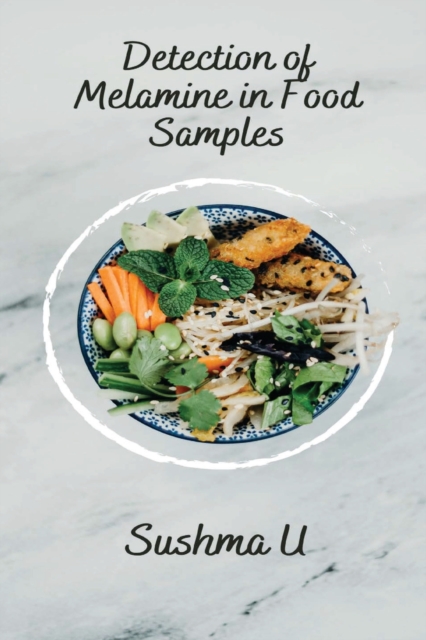
Detection of Melamine in Food Samples Paperback / softback
by Sushma U
Paperback / softback
Description
Food is the basic necessity of life. For consumers around the globe, access to
secure and nourishing food is afundamental requirement for sustaining their
completehealth and welfare. Consequently, food manufacturers make significant
investments to ensure the safety of their food products and to diminish the risks to
consumers against exposure to contaminatedor unsafe food produce. Producer' sefforts
to furnish safe food could cover and influence each aspect of the complete procurement
and manufacturing supply chain. The Food borne contaminant/ adulterant problems are
major concern to public health and contribute significantly to the outlay of medical
management. Synonyms such as admixture and substitution assist in describing the
word adulteration. Food adulteration could be described as diminishing the quality of
food by deliberate or unintended substitution of food with certain poorer extraneous
fragments or by elimination of certain value-added food alternates from the key food
item. Food Safety and Standards Authority of India (FSSAI) has described "adulterant"
as any substance that is or could be employed for manufacture of the food unsafe or
sub-standard or miss-branded or comprising extraneous substance. According to Federal
Food, Drug and Cosmetic Act (FFDCA), the primary food safety law administered by
the Food and Drug Administration (FDA), food could be stated adulterated if:
a) A material is added which is harmful to health.
b) Cheaper or lower quality item added to food.
c) Any valuable ingredient is isolated from the main food commodity.
d) Quality of food is inferior tothe specifications.
e) Any constituent has been added to raise bulk or weight.
f) To make it appear more valuable.
Information
-
Out of stock
- Format:Paperback / softback
- Pages:194 pages
- Publisher:RUBIOUS SHMS LTD
- Publication Date:25/06/2023
- Category:
- ISBN:9781916706255
Information
-
Out of stock
- Format:Paperback / softback
- Pages:194 pages
- Publisher:RUBIOUS SHMS LTD
- Publication Date:25/06/2023
- Category:
- ISBN:9781916706255






